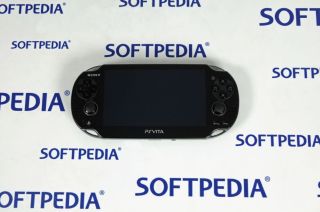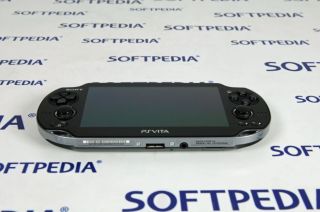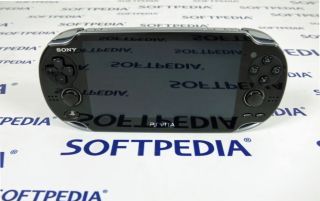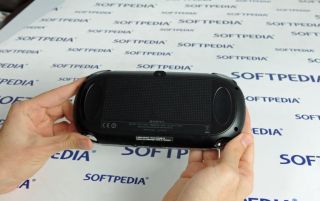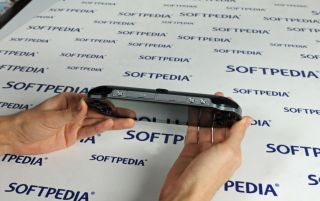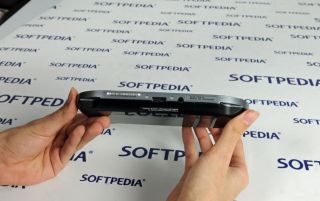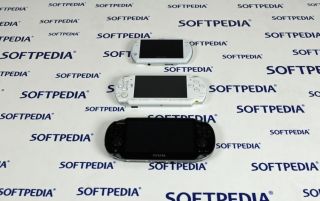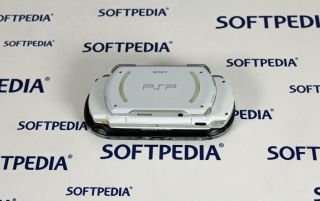After playing second fiddle to the Nintendo DS with its PlayStation Portable for quite some time, Sony has now revealed a brand new handheld console, in the form of the PlayStation Vita.
With very powerful hardware and the support of Sony's worldwide studios in terms of games, the Vita, if it had appeared a few years ago, would have look unstoppable. In the present, however, with all the powerful smartphones or tablets, the mobile gaming market is no longer the playground of dedicated consoles like the Vita or the 3DS.
So, does the PlayStation Vita really manage to stand out from the array of other mobile platforms or is it too late to the handheld party? Let's find out.
The Outside
When you first get a chance to experience the Vita, you're quickly amazed by the build quality of the device. The materials feel great to the touch, especially the dual analog sticks, while the whole console is sturdy.
If you've used a PSP before you'll pretty much feel right at home with the Vita, as both the D-pad and the X, Triangle, Circle, and Square buttons feel good and are quite responsive. They are a bit smaller than on the PSP, however, so gamers with big thumbs might encounter a few problems.
Without a doubt the biggest features are the aforementioned dual analog sticks. They feel pretty good, don't stand out that much although, like I've said, gamers with big thumbs might find themselves accidentally pressing the buttons above the sticks.
Two shoulder buttons, to the left and right of the device, are also present but, at least on our test unit, they felt a bit too easy to press. On the top side you have a power button, alongside two slots, one for games, which now come in the form of proprietary memory cards instead of the old UMDs, and one for accessories. Besides these two slots, there are also two small buttons that adjust the volume.
On the lower side of the device there's a port for connecting the Vita to a computer, a PS3 or just to charge it, a headphone jack, and a slot for your memory card.
This is quite a touchy issue for the Vita, as a memory card is pretty much mandatory if you want to play games you've downloaded from the PlayStation Store. Throw in the fact that they're quite pricy and that a big game like Uncharted: Golden Abyss occupies around 3GB, and a 4GB card should certainly be bought alongside the actual console.
On the left side of the device, just below the analog stick, you have a familiar PlayStation button, which lets you know if the console is on, or charging, by glowing blue or orange. When pressed normally, it suspends the game and takes you back to the home screen. If you're already at the home screen, it will pull up a sort of multitasking view of applications you've opened. When pressed for a longer time, it gives you access to special settings like brightness or music volume. On the right side, you have the familiar start and select buttons that serve their stated purposes. This is also where a slot for a SIM card will be if you have a 3G version of the Vita.
One of the more unique features included in the Vita by Sony is the touch-sensitive rear panel. While it does seem a bit weird to use at first and you can't really gauge the power with which you tap it, this panel could prove to be quite interesting, if game developers can use it effectively.
The Screen
The massive 5-inch OLED touchscreen is very impressive, even if its glossy finish makes it a fingerprint magnet. The gloss also makes it a bit hard to view outside, in direct sunlight, or inside, with neon lighting. It's still properly great to look at, however, as its big size definitely gives it an advantage over actual smartphones.
When set to full brightness and with the help of a game like Uncharted: Golden Abyss, the screen is certainly going to be the most impressive aspect of the Vita for regular gamers. The touch mechanics are very responsive so you won't feel any difference between the console and a present-day mobile phone.
When you combine the size of the screen with touch input, however, especially during gameplay, things do get a bit awkward. Some games requires touch input right in the middle of the screen, making it quite awkward to reach it from a normal gaming position, even for a guy with long fingers like myself.
The Cameras
The Vita has two cameras, both capable of capturing photos at 0.3 megapixels (aka 640x480 resolution). As you can imagine, this won't make your Vita the go-to gadget for snapping photos on a family trip or anything like that.
It's probably for the best that you resort to a current generation smartphone or an actual camera, as the photos snapped by the Vita's cameras, either the front or the rear one, look blurry and muddy, especially on the console's large screen.
Throw in the fact that the front facing camera is actually placed above the face buttons on the right side of the device and you've got quite an awkward photo-taking process.
Thanks to the newest firmware update, 1.60, the camera application also enables you to create videos, although, just like with the actual photos, they're not very impressive. The photo album is decent, allowing you different views and grouping photos by certain criteria.
The Battery
The battery in the PlayStation Vita is quite impressive, especially since it's powering that massive touchscreen alongside the impressive hardware of the device. According to Sony, a full battery can power between 3 to 5 hours of gameplay, without network capabilities and on the default brightness level, 5 hours of video playback, and up to 9 hours of music playback with the screen off.
Judging by our experience, the Vita comes quite close to the official numbers. It was able to power a marathon session of Uncharted: Golden Abyss, one of the most visually impressive games for it, for around 4 hours at an almost full brightness setting.
It's a bit awkward that the battery indicator doesn't show a percentage figure or isn't split into bars, but it's still relatively accurate. The power management is quite impressive as even if you have a game started and turn off the screen, when you start it back up, very little power has been consumed and you can jump back into the action.
The Vita can be completely charged in around one and a half hours, when using its power adapter, and a bit longer, if you're charging it via USB with a computer.
The large screen is very impressive although its size makes it a bit awkward to carry the console in a pocket, while the battery is more than capable of powering the device for games and other media consumption. If you travel a lot and want to experience some serious handheld gaming, than the PlayStation Vita is certainly for you. If you're not that interested in games, however, you might want to stick to a smartphone or tablet.Conclusion
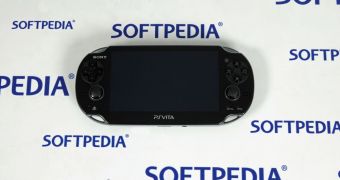
 14 DAY TRIAL //
14 DAY TRIAL // 